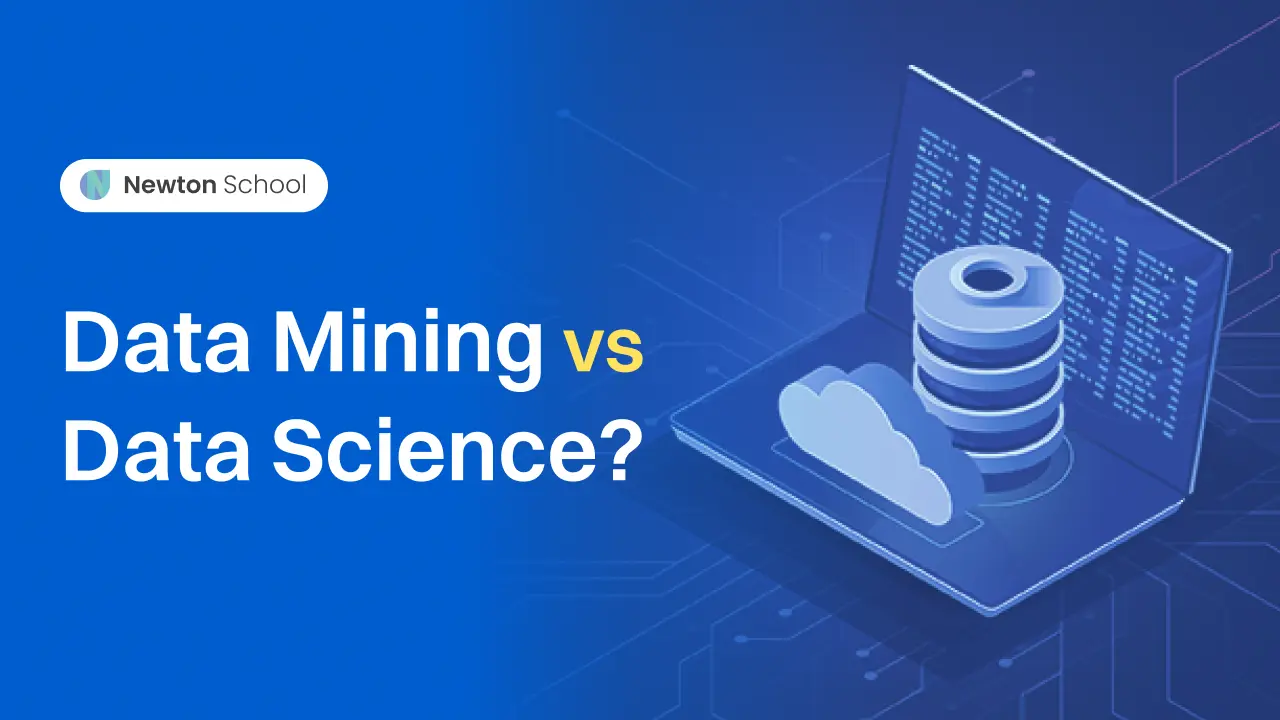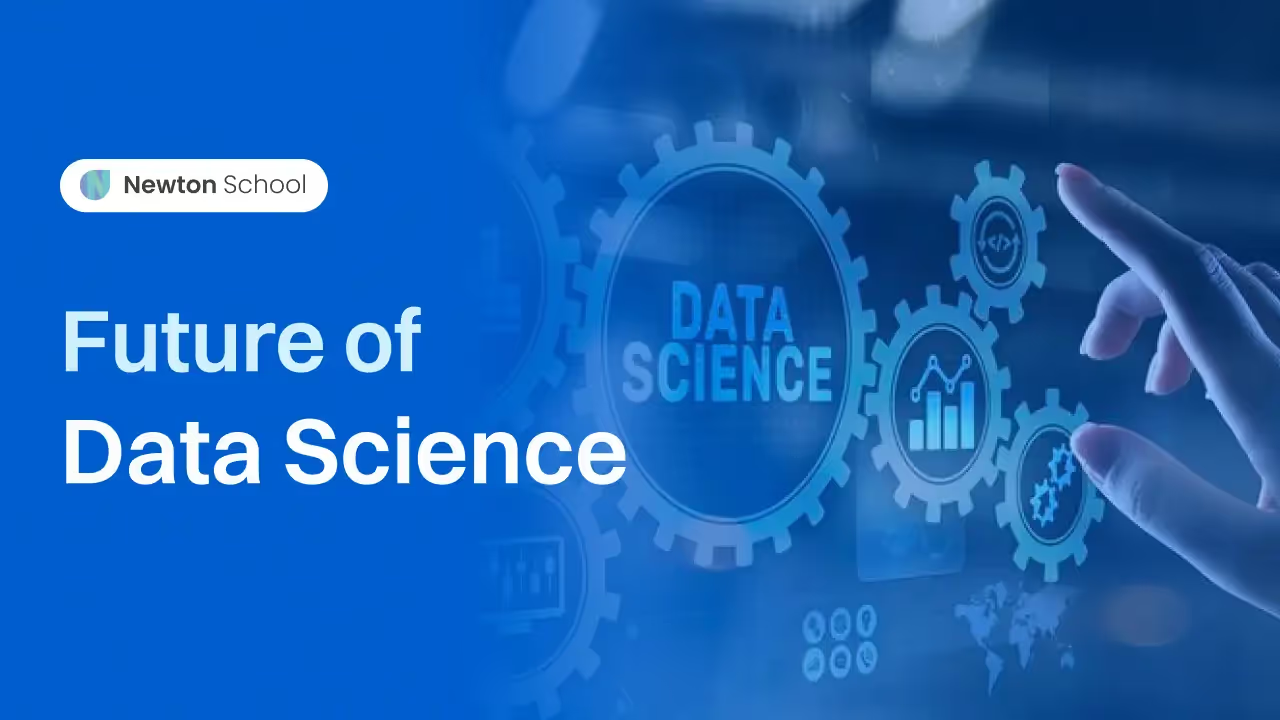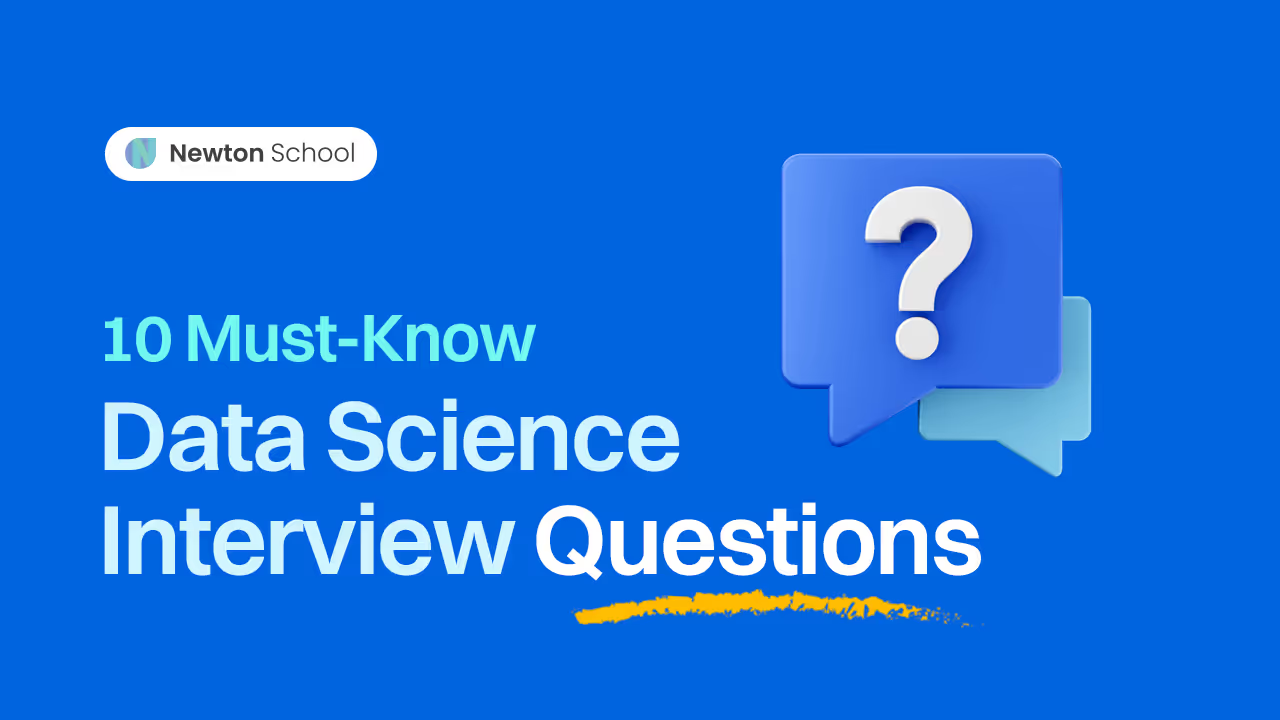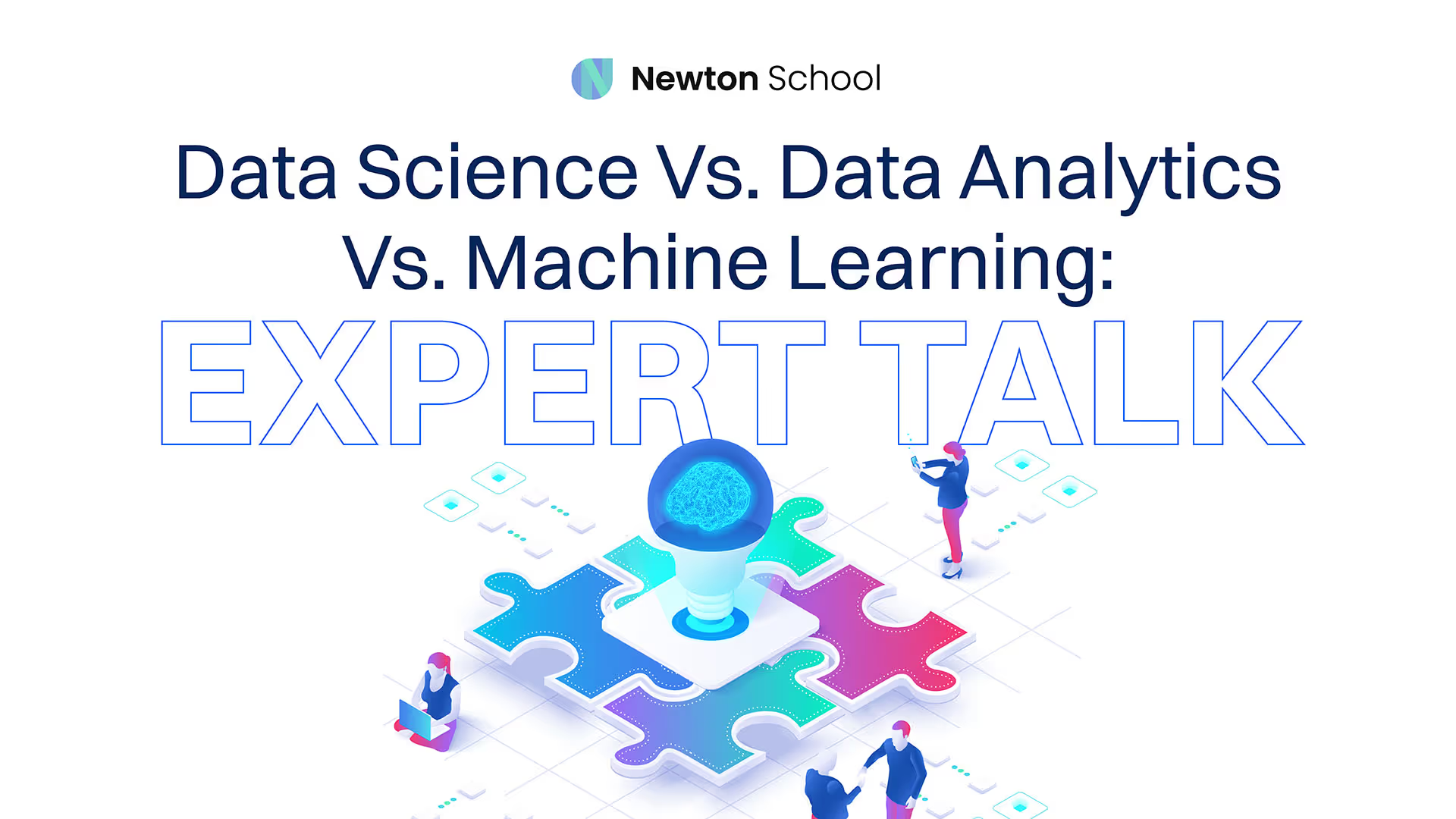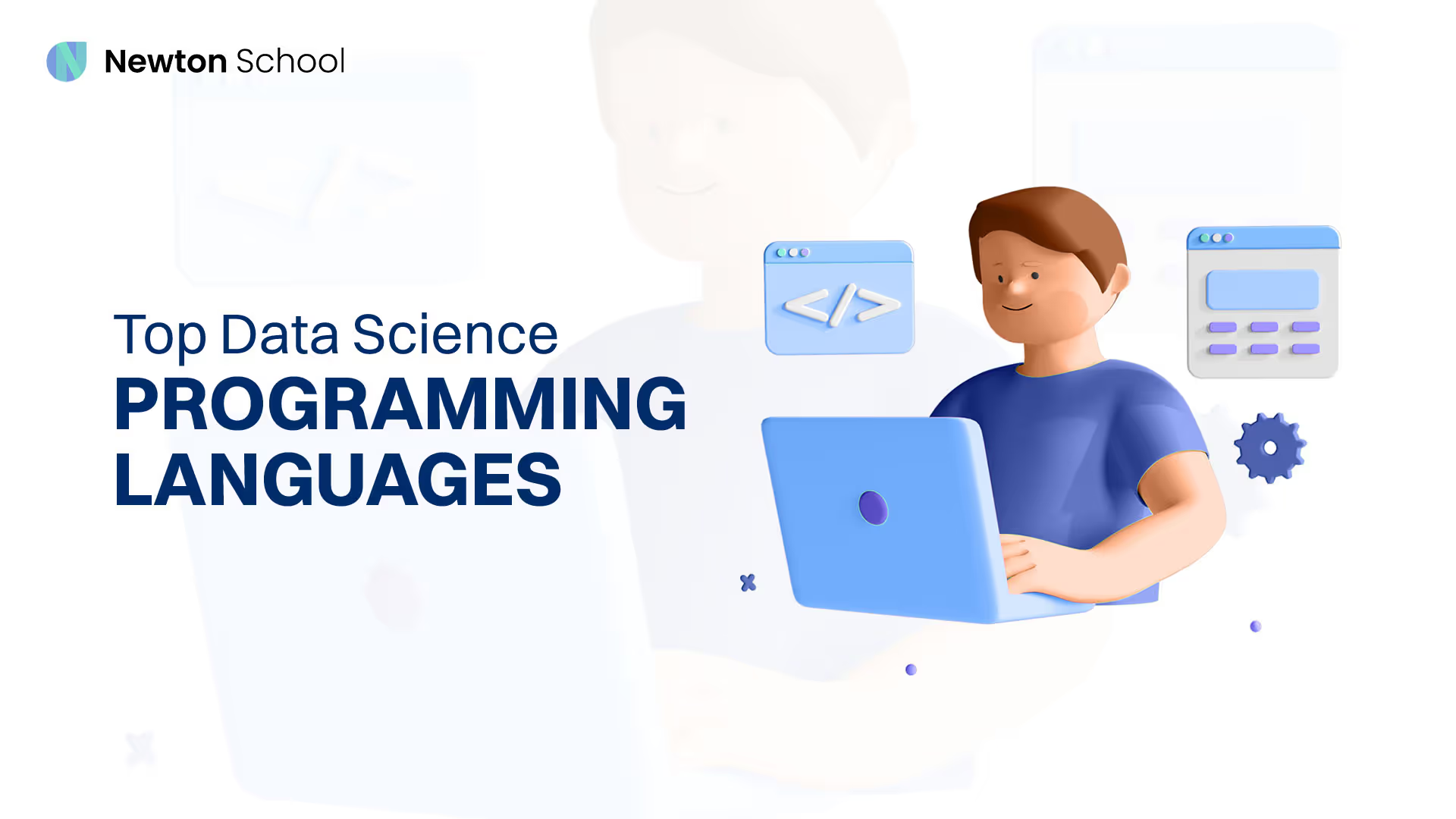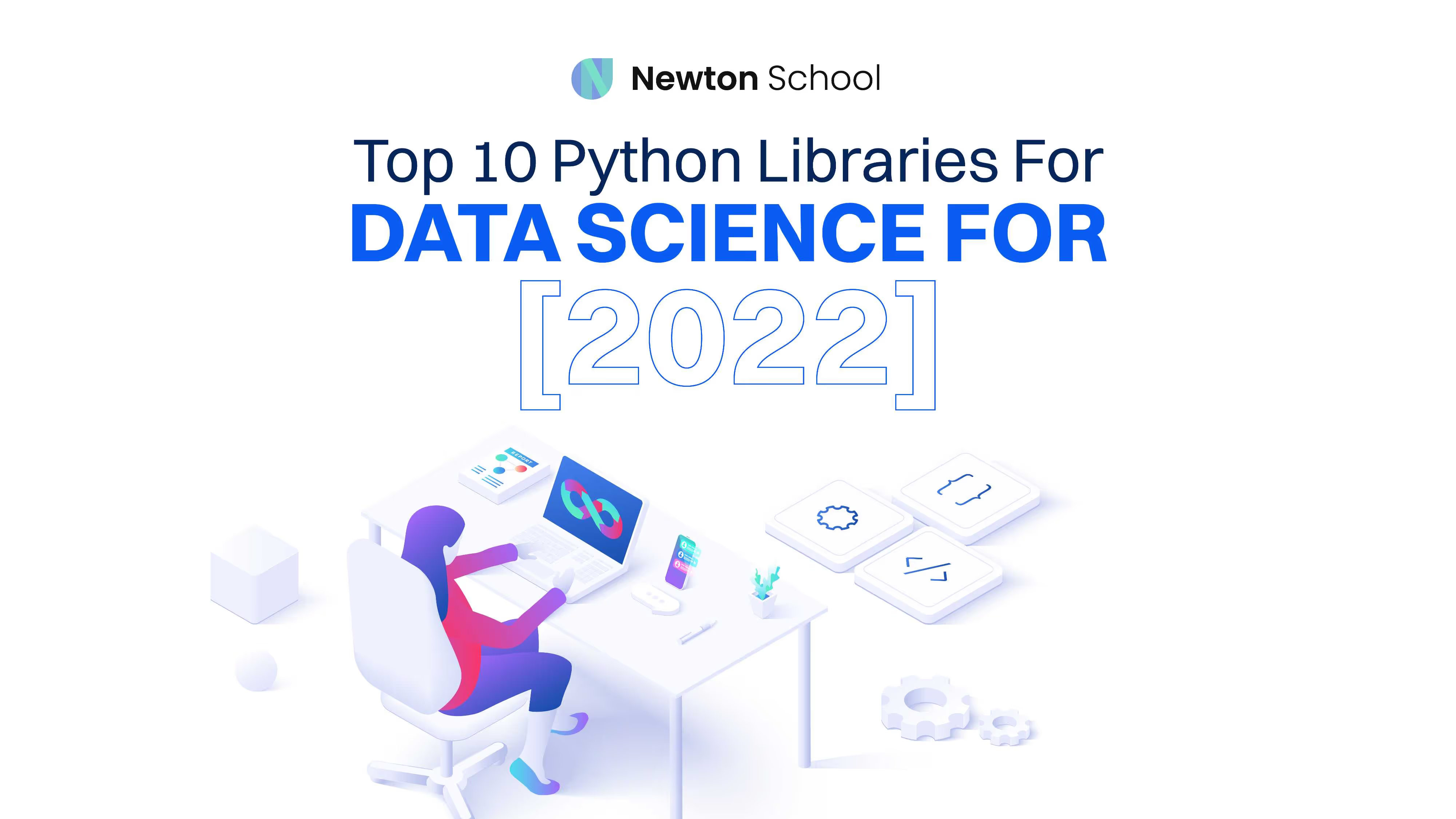
In today’s world, where technology plays a highly critical role in our lives, it gets essential for developers to choose a language that tends to address real-world challenges. Recently, Python has gained popularity for solving problems, tasks, and challenges related to data science, all thanks to the multitude of libraries that Python offers.
Hence, this article will discuss the 10 best Python libraries of 2022 that have helped developers transform the real world. But first, let’s discuss a few things about Python!
What is Python?
Did you know? Approximately 48.07% of websites worldwide are developed on Python. ~Statista
Python is an object-oriented programming language with dynamic semantics. Its high-level built-in data structures and dynamic binding make it the perfect option for rapid application development. This language is highly cost-effective for program maintenance as it encourages program modularity and code reuse. Some of the major companies that use Python for their website development are:
- NASA
- Spotify
- Netflix
- Dropbox
- Uber
Now let’s discuss the Python libraries that benefit data science!
10 Python Libraries For Data Science and Visualization
Let’s discuss 10 Python libraries for visualization and data science in detail!
1. TensorFlow

TensorFlow, built by the Google Brain Team, tops our list of 10 Python Libraries For Data Science. This popular framework for machine learning and deep learning is the perfect choice for beginners and professionals. Initially, it was designed for mathematical computations. Still, it now offers an extensive range of flexible tools, community resources, and libraries that developers can use to bring into action machine-learning applications.
Features of TensorFlow
- It has a flexible framework and architecture.
- It works swiftly with mathematical equations and multi-dimensional arrays.
- It reduces errors by 50-60% in neural machine learning.
- It computes well on both CPUs and GPUs.
- It supports machine learning principles and deep neural networks.
- It offers inter-device solid computational scalability and massive data sets.
2. Pandas

Another top Python library that we have on our Top 10 Python Libraries list is Pandas. Wes McKinney developed this library with its own robust data structures to manipulate numeric tables and analyse time series. This library can translate compound nature operations in no more than two commands. Series and DataFrames are the two top features of Pandas library, allowing it to manage and explore data efficiently. The main Pandas applications are statistics, linear regression, general data wrangling and data cleaning, data range generation, finance, and more.
Features of Pandas
- Allows to create own functions and run them across a series of data
- Offers high-level structures and manipulation tools
- Offers high-level abstraction
- Merging/joining of datasets
- Imports data from multiple into in-memory data objects from several file types
3. Keras

Keras, created by Francios Chollet, is an open-source TensorFlow library interface. This user-friendly library allows for rapid, deep neural network testing. Keras offers various tools for analysing datasets, constructing models, and visualising graphs. This easy-to-use and adaptable library also include immediately importable and loadable prelabeled datasets. It is among the perfect options for beginners to develop applications due to its flexibility and extensibility.
Features of Keras
- It operates flawlessly on both – GPU and CPU.
- It makes examining and debugging simple.
- It supports mainly every neural network model, such as embedding, convolutional, fully connected, and more.
- Its backend is based on TensorFlow or Theano.
4. Scikit-learn
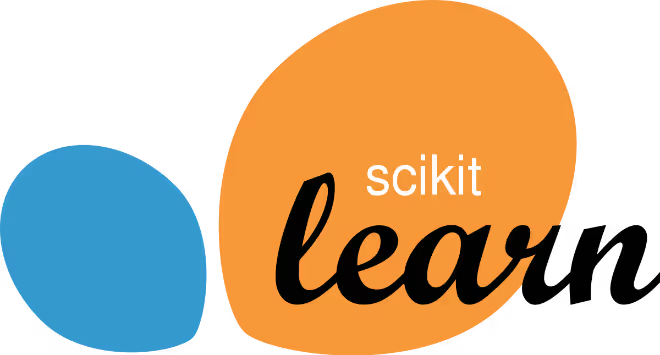
The following Python library for data science that we have on our list is Scikit-learn. This library is designed to be interpolated into NumPy and SciPy and offers various machine learning algorithms for data mining, including dimensionality reduction, clustering, model selection, regression, classification, and more. It also supports vector machines.
Features of Scikit-learn
- It pre-processes data.
- It offers end-to-end machine learning algorithms.
- It’s the perfect library for data classification and modeling.
5. Statsmodels

Need an algorithm to run rigorous statistics and develop statistical models? Statsmodels Python library is the perfect option for you. This library combines numerous Python libraries – Pandas for data handling, Matplotlib for graphical functionalities, NumPy and SciPy for foundation, and Pasty for handling R-like calculations. It offers various opportunities to developers for statistical model estimation, statistical tests, statistical data analysis, and more.
Features of Statsmodels
- It offers descriptive statistics, inference, and estimation for statistical models.
- It provides classes and functions for conducting statistical tests and statistical data exploration.
6. SciPy

SciPy or Scientific Python is based on the NumPy extension and is a powerful library for computing scientific calculations. This open-source library offers various tools for solving tasks like probability theory, integral calculus, linear algebra, Fourier transformations, multidimensional image processing, differential equations, and more.
Features of SciPy
- It’s easy to use and comprehend yet powerful.
- It offers built-in functions for solving differential equations.
- It allows the processing of multidimensional images.
- It works well with the NumPy library array.
7. NumPy
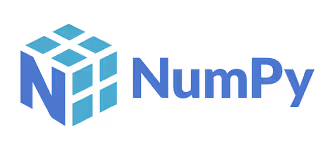
Travis Oliphant created the NumPy library in 2015. It’s a key scientific and mathematical computing library and helps process large matrices and multidimensional arrays. This open-source library includes matrix calculation functions, Fourier transform, and linear algebra processing multi-dimensional arrays and matrices.
Features of NumPy
- It makes array objects 50 times quicker than Python lists.
- It has in-built tools for incorporating C/C++ and Fortran code.
- Its arrays can either be one-dimensional or multidimensional.
- It also supports an object-oriented approach.
8. Matplotlib

John Hunter created this most widely used Python library. Matplotlib is used for making static, animated, and interactive data visualisation. For example, programmers can scatter, customise, and modify graphs using histograms. It also helps developers to craft various diagrams and charts like scatterplots, 2D charts, graphs of non-Cartesian coordinates, histograms, and more. This library has a community of over 700 dedicated contributors.
Features of Matplotlib
- It consumes low memory.
- Programmers use Matplotlib’s application programming interfaces (APIs) to embed plots in GUI applications.
- It can be an alternative to MATLAB.
- It supports lots of backends and output types.
9. Scrapy

Nearing the end of our Best Python Libraries 2022 list is Scrapy. This short and open-source Python library, along with XPath-based selectors, is used for extracting information from the web page. This framework strictly coheres to the Don’t Repeat Yourself Principle and is also used to gather information from APIs. It also allows individuals to write universal codes that can be utilised to construct and scale powerful crawlers.
Features of Scrapy
- This web crawling platform is accessible and open source.
- It generates feed exports in CSV, JSON, and XML formats.
- It offers built-in functionality for expressions like CSS and XPath, selecting and obtaining information from sources.
10. PyTorch

The last yet robust framework on our list is PyTorch. This computing package relies on graphics processing units. It was created by Facebook’s AI research team in 2016, and its best feature is its high execution speed for handling heavy graphs. In addition, it is highly flexible and capable of operating on simplified processors and GPUs.
Features of PyTorch
- It offers control over datasets.
- It provides access to computation at any level.
- It is highly flexible and fast, and its training speed is the same as TensorFlow.
Data science is among the fastest emerging fields of computer science, and the Python libraries mentioned above have proven to be quite helpful for data science implementations. If you still have any doubts or questions about these Python libraries for data science, let us know in the comments section!




